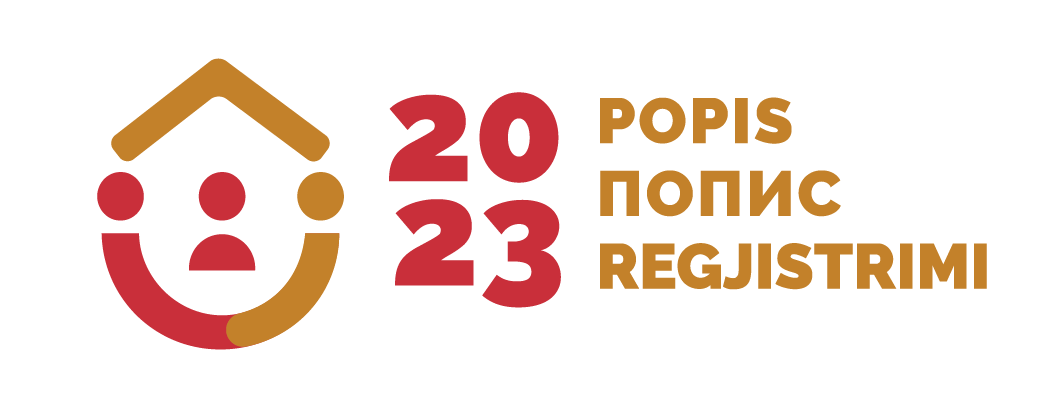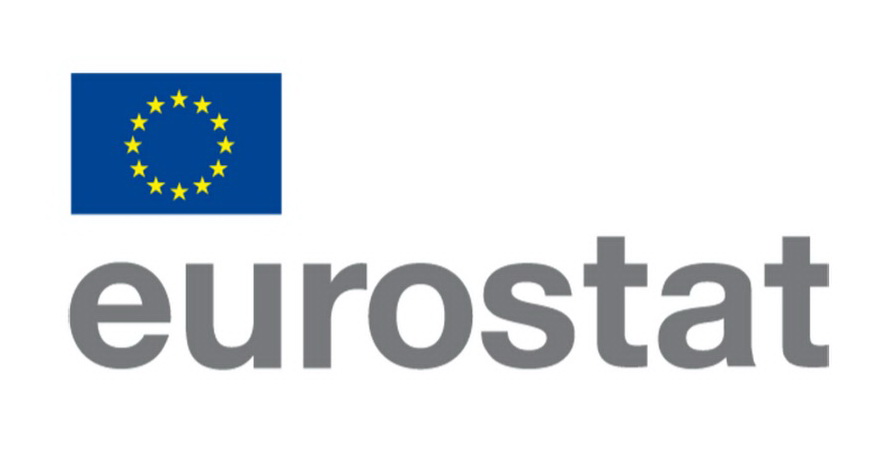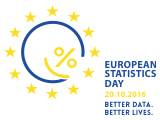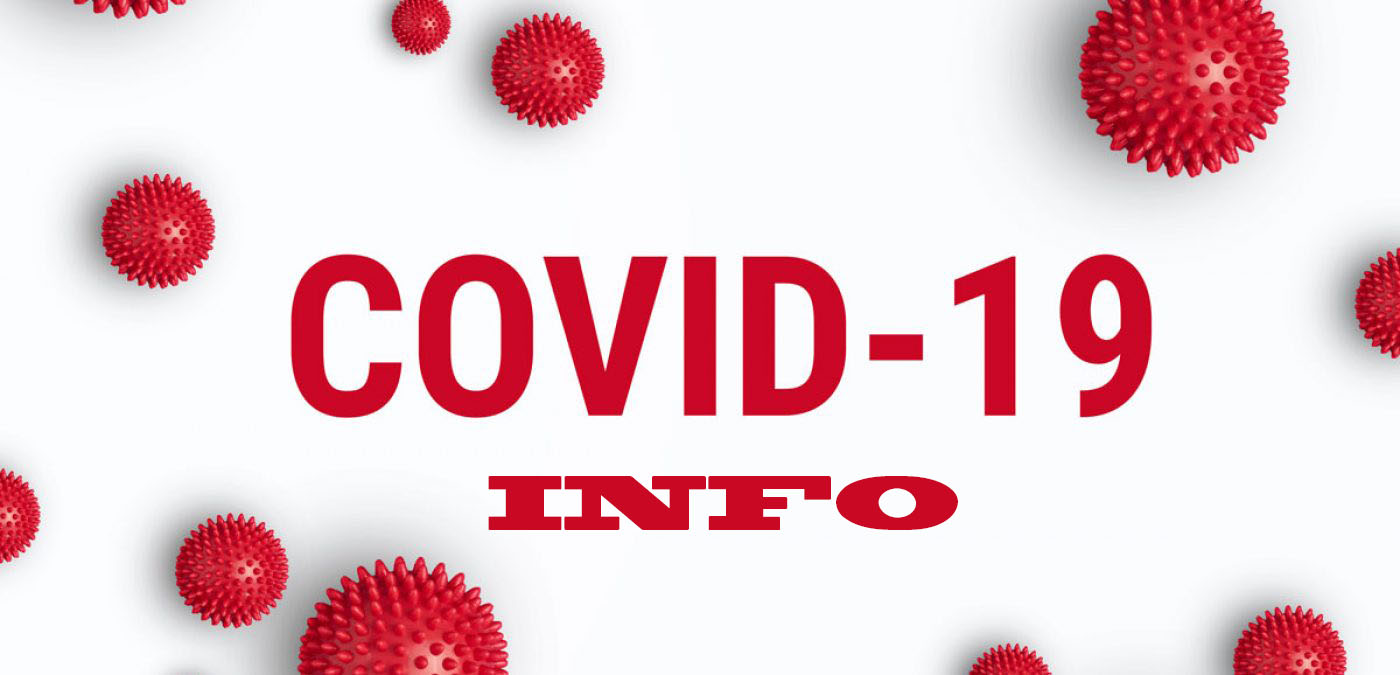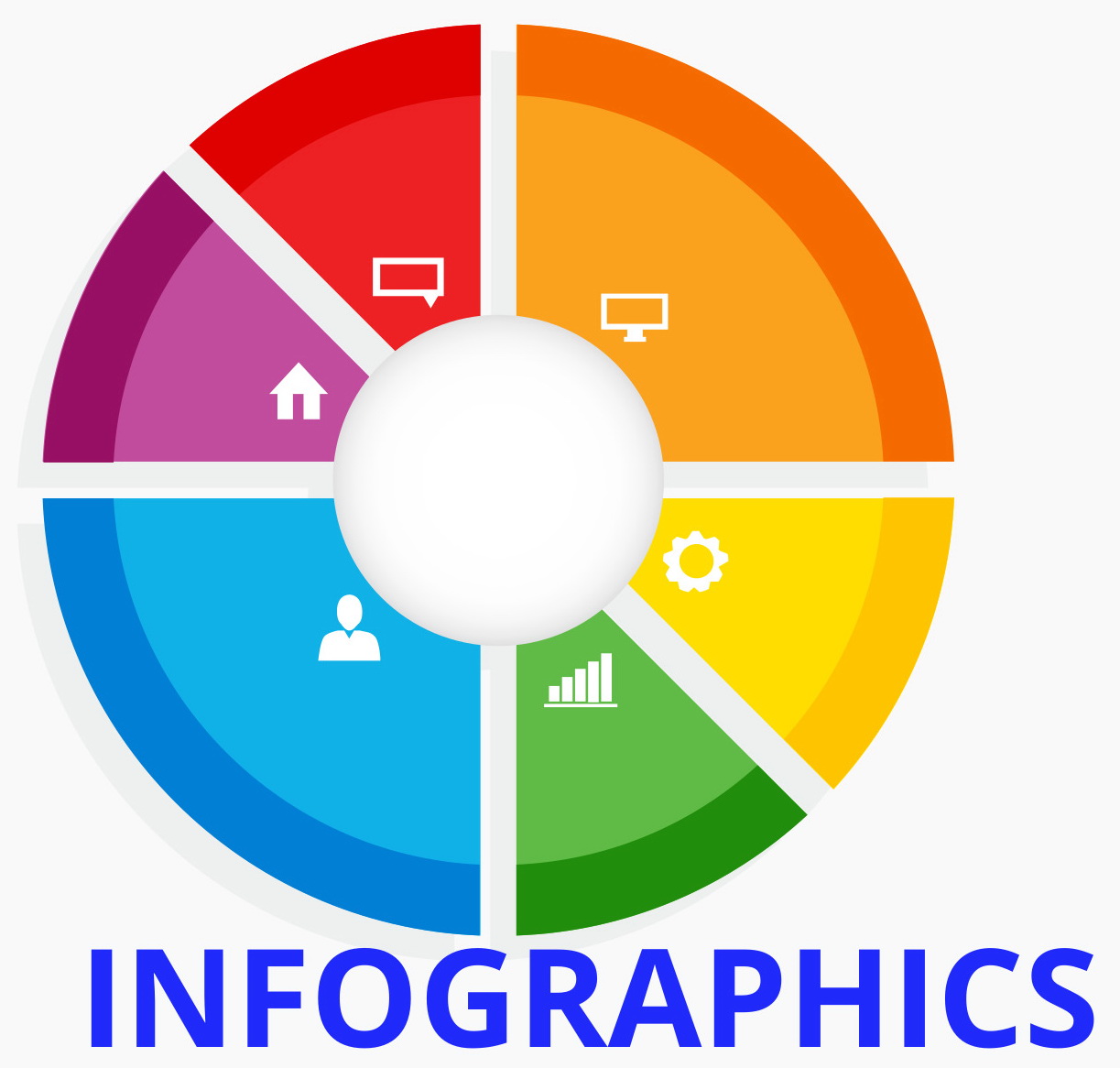The methodology for calculating the Gender Equality Index was developed by the European Institute for Gender Equality (EIGE), which also calculates this Index for EU countries. The index is an aggregate indicator obtained by combining different indicators of gender equality based on a multidimensional concept model into a single measure. The methodology for calculating the Gender Equality Index is based on a widespread and internationally accepted method for calculating complex indicators developed by the OECD and the European Commission (Joint Research Center) in 2008. The Gender Equality Index was first published in 2005 for EU members and then in 2010, since it has been published in a two-year period.
Data sources
In the calculation of the Gender Equality Index, there were 31 indicators used in 6 different domains (work, money, knowledge, time, power, and health). The indicators used are fully in line with the methodology of the European Institute for Gender Equality (EIGE), according to which they calculate this Index for all European countries.
The institutions whose data were used in the calculation of the Gender Equality Index are:
- Statistics Office (52% or 16 indicators): Labour Force Survey (LFS), Survey on Income and Living Conditions (EU-SILC), Earnings Structure Survey (SES), Higher Education Statistics, Demographic Indicators;
- Institute for Gender Equality - EIGE - (26% or 8 indicators);
- EUROFOND (19% or 6 indicators): European Quality of Life Survey (EQLS), European Working Conditions Survey (EWCS);
- Institute of Public Health of Montenegro (3% or 1 indicator): Survey on the quality of life, lifestyles and health risks of Montenegrin residents in 2017.
Most of the data of the Gender Equality Index 2019, for the European Union countries and for Montenegro, refer to 2017, except for EUROFONDA (European Working Conditions Survey (EWCS)) European Quality of Life Survey (EQLS) for 2015 and 2016, as well as the 2014 earnings structure survey (SES).
| Data | Releases | Publications | Metadata |
